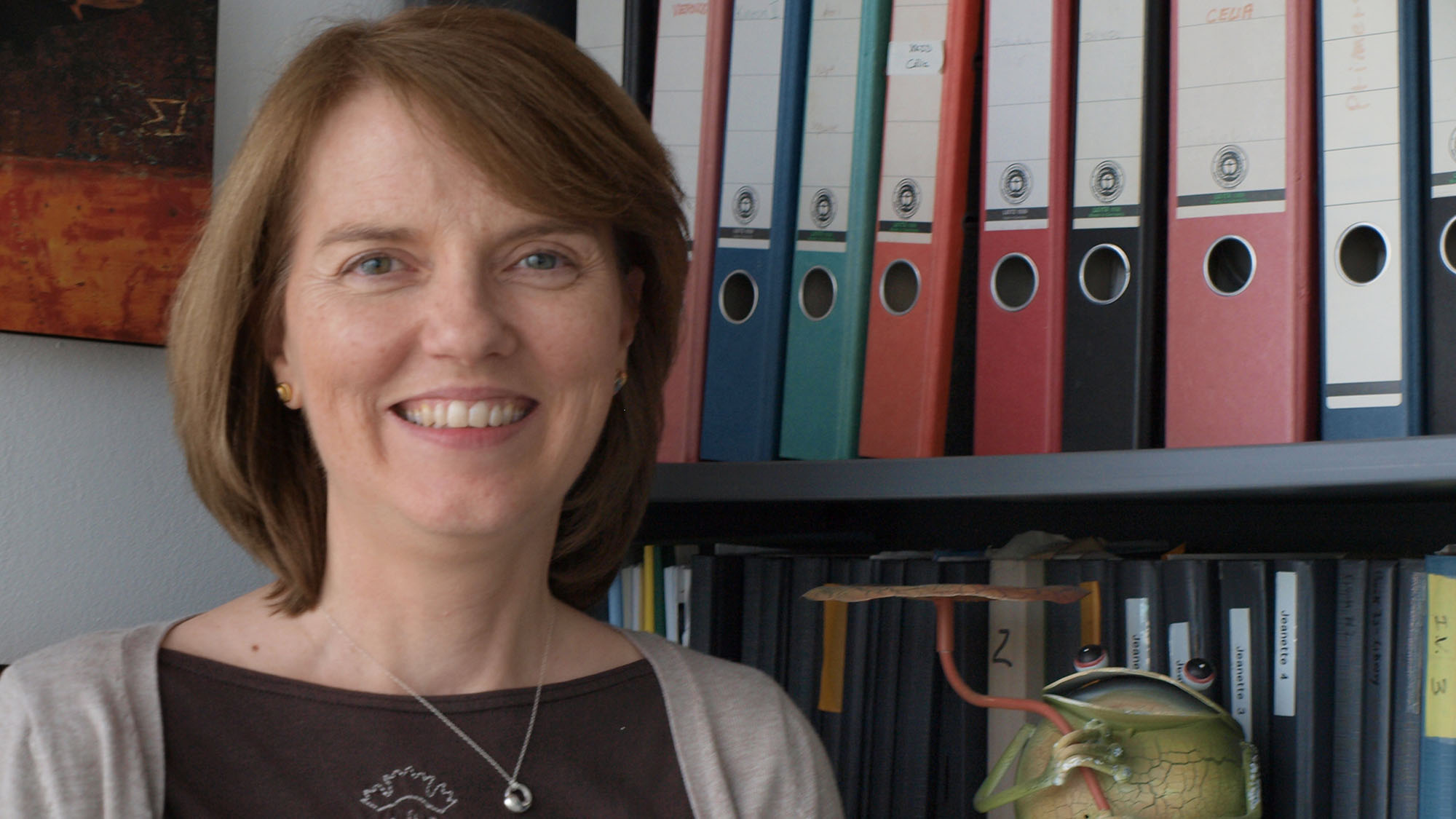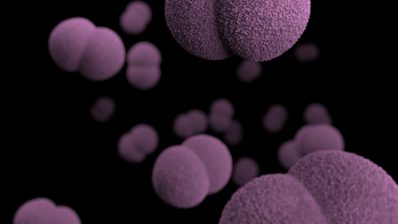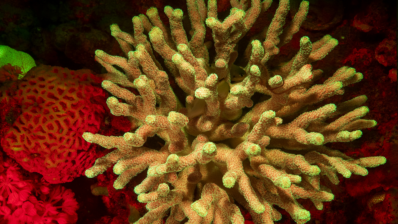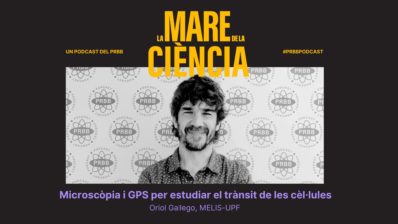From a French family, Isabelle Vernos was born in Madrid. She grew up in Asturias and Versailles, and went back to the Spanish Capital to finish her studies, where she did her doctorate. Mother of two, she has been head of a research group at the Centre for Genomic Regulation (CRG) since 2005. A year ago Vernos was elected member of the Scientific Council of the European Research Council (ERC).
What was your PhD like?
I characterised the bithorax group, genes involved in the development of the fly Drosophila. And I had the great fortune to be second author of a paper published in Nature that was one of the most cited in Spain at that time. I also had another small project, a collaboration with the European Space Agency to study the effect of microgravity on embryonic development. We had to send flies into space, design experiments to be carried out in very special conditions, and teach astronauts how to do them!
When you finished you left to do a postdoc in Cambridge.
I fell pregnant while I was looking for a group that I liked! I ended up studying the development of the frog Xenopus, investigating the mechanisms involved in defining the axes of an embryo, a subject that I found really interesting. My boss, who worked with his wife, had four children, so he was very understanding towards me.
What did you discover during your postdoc?
We knew that microtubules were involved in the localisation of certain RNA molecules that define the dorsoventral and anteroposterior axes. Two motor proteins were known, kinesin and dynein, which move proteins towards the negative or positive extremes of the microtubules, and it was believed that these were sufficient. I started looking for other proteins associated with microtubules, and other groups found new motors, similar to kinesin but different. We discovered that there are over 40!
After having your second child you moved to Germany.
I was at the European Molecular Biology Laboratory (EMBL) for 13 years, first as a postdoc, then in a more independent position. It was a time I really enjoyed. The protected environment of the EMBL allowed me to grow gradually as an independent scientist. I was surrounded by people interested in the same topic, who could offer me their reactions, expertise and ideas.
This wasn’t true when you came to Barcelona, was it?
No! That was actually one of the most difficult stages of my career. The CRG still did not have the necessary equipment for my work – I had to help set up the microscopy service, because we were the only group in the cell biology programme and the only ones who needed microscopes. And the people in my lab only had me as a reference in the field.
What would you have done if you hadn’t been a scientist?
Something to do with photography. I guess that’s also why I like cell biology; it has a visual and aesthetic aspect. I can look down a microscope at a cell dividing and be amazed by its beauty, even though I’ve seen thousands!
What is it like to form part of the ERC?
We are a group of 22 scientists from different fields, selected by an external committee. We meet five times a year to sort out all the activities of the council, choose the grant-awarding jury, consider mechanisms to avoid possible discrimination, etc.. It is hard work, but is really an honour, I learn a lot.







